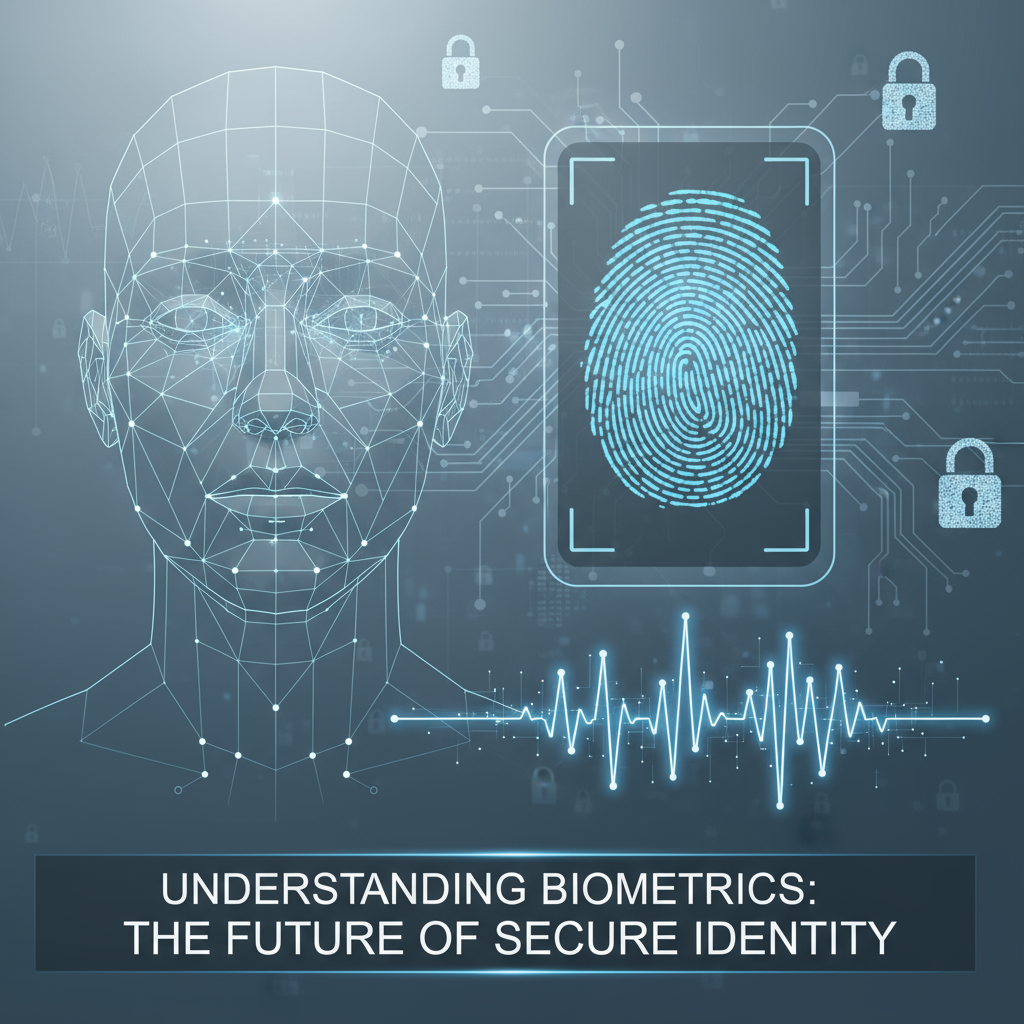In today’s digital world, almost every aspect of our life depends on online platforms—banking, shopping, healthcare, and communication. But as we move more of our identities online, cybercriminals have also become smarter. Identity theft, account takeovers, and data breaches are now everyday news.
To fight these threats, businesses and governments are turning toward biometric technologies — tools that use your unique physical or behavioral traits, like fingerprints or facial features, to verify who you are.
Digital identity security means protecting your online identity from unauthorized access, fraud, or misuse. And biometrics are playing a big role in making this protection stronger, smarter, and more reliable.
This blog explains how biometric technologies are transforming digital identity security, their types, benefits, challenges, and what the future holds for this powerful innovation.
Understanding Digital Identity Security
What is Digital Identity?
Your digital identity is the online version of you. It includes all the data that represents you in the digital world — your username, email address, passwords, phone number, personal information, and even your activity patterns.
Every time you log into a website, make an online payment, or sign up for a service, your digital identity is being used to confirm you are who you say you are.
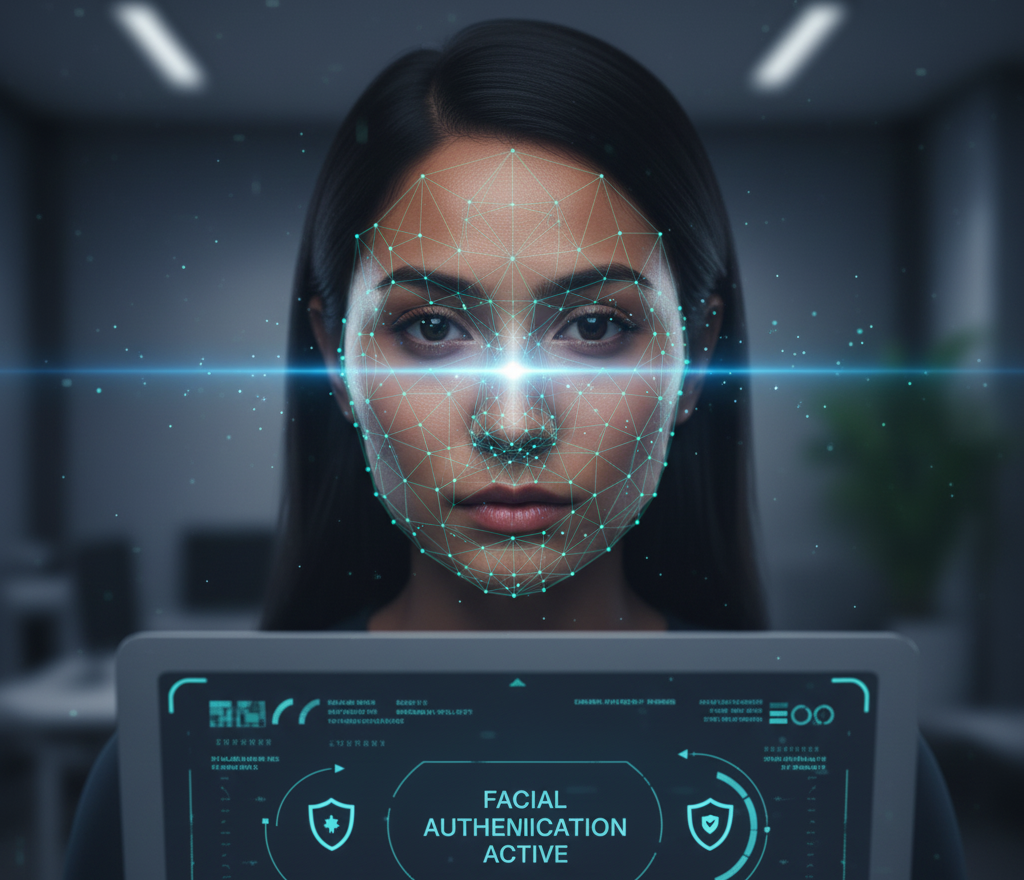
Why Digital Identity Security Matters
As more personal and financial activities happen online, protecting digital identities has become essential. According to cybersecurity reports, millions of accounts are hacked every year, leading to data loss and financial damage.
If your digital identity is stolen, attackers can:
- Access your bank accounts
- Make unauthorized purchases
- Impersonate you online
- Steal sensitive information
This is why digital identity security is now a top priority for businesses, governments, and individuals alike.
Limitations of Traditional Security Methods
Traditional login methods — like passwords, PINs, or security questions — are no longer enough. People often use weak passwords or the same ones across multiple accounts. Hackers can guess, steal, or bypass them using phishing attacks or brute-force techniques.
That’s where biometric technologies come in — they’re harder to fake and easier to use.
What Are Biometrics?
Biometrics refers to the measurement and analysis of a person’s unique physical or behavioral traits to verify their identity. Unlike passwords, biometrics are part of who you are — your fingerprint, face, or even how you type.
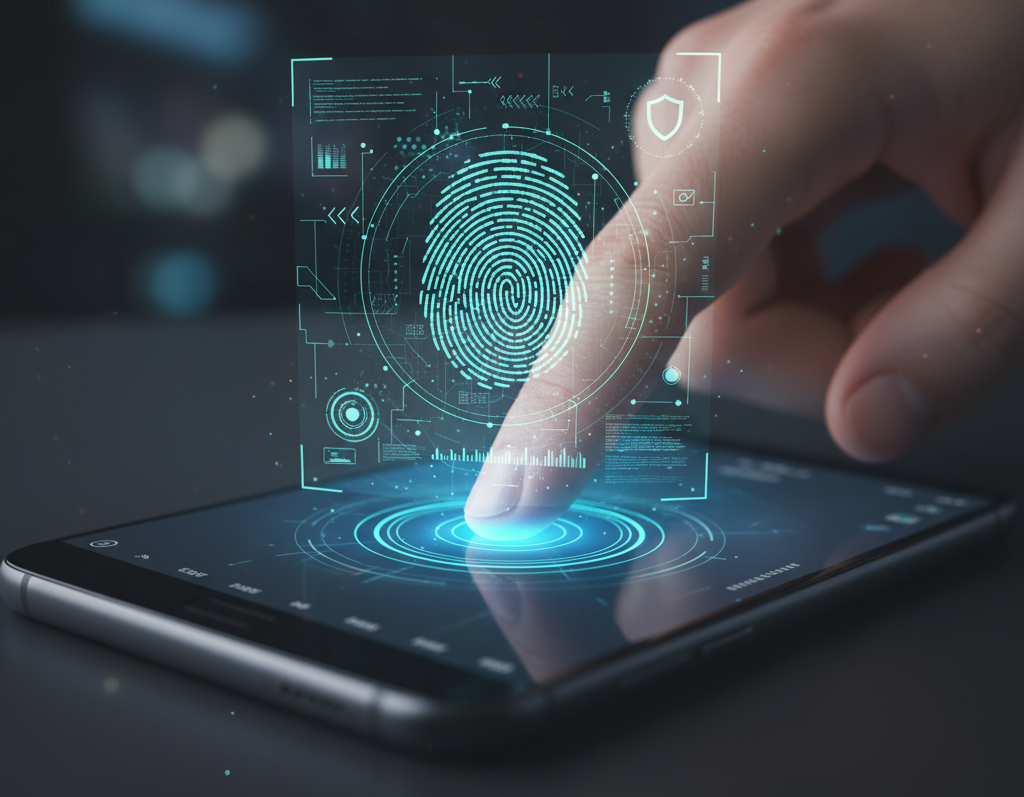
Types of Biometric Authentication
- Physiological Biometrics: These are based on your physical characteristics, such as:
- Fingerprint recognition
- Facial recognition
- Iris or retina scanning
- Voice recognition
- Behavioral Biometrics: These rely on how you behave or interact digitally, such as:
- Typing rhythm
- Mouse movements
- Gait or walking style
- Device handling patterns
How Biometrics Work
The biometric system first captures your unique trait (for example, a fingerprint). It then converts that data into a digital template stored securely. When you try to log in again, the system compares your live data with the stored template to confirm your identity.
Modern systems also use AI (Artificial Intelligence) and machine learning to improve accuracy and detect fake attempts.
Also Check: 3 Ways Biometrics Can Fraud-proof Your Payments
How Biometrics Enhance Digital Identity Security
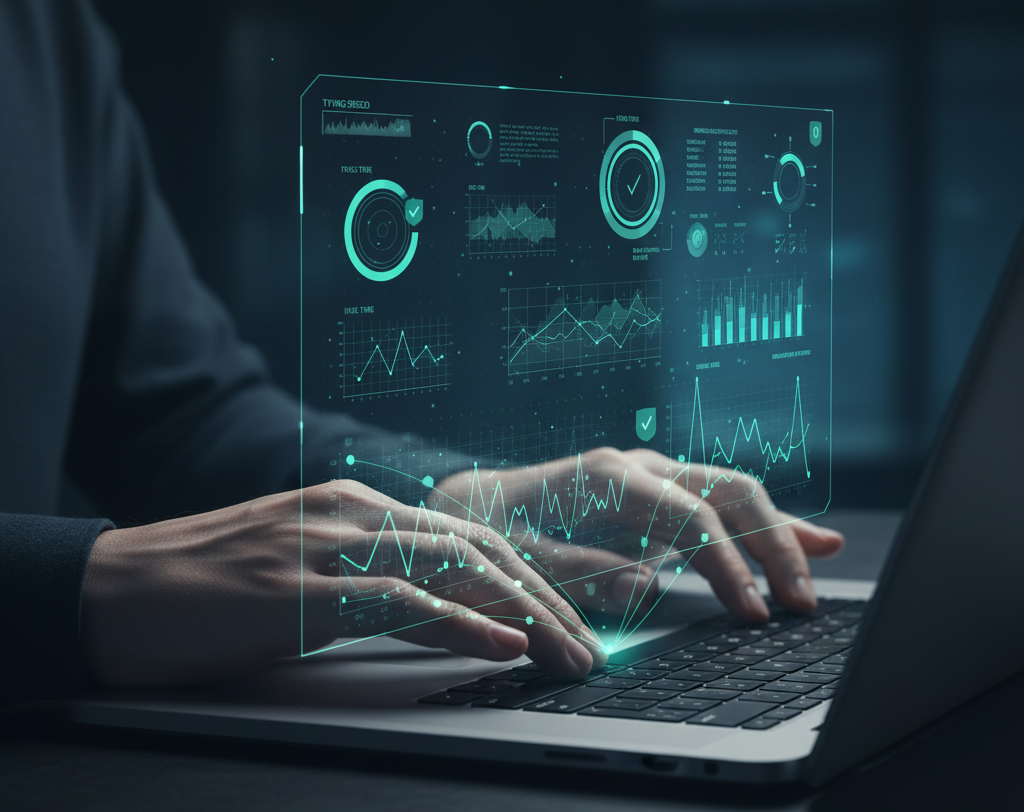
1. Stronger Authentication
Biometrics provide a stronger layer of security than passwords. By combining biometrics with passwords or OTPs (One-Time Passwords), organizations can create multi-factor authentication (MFA) systems that are much harder to break.
2. Reduced Fraud and Identity Theft
Biometric data is unique to every person. This makes it extremely difficult for criminals to impersonate others. Real-time verification helps detect spoofing attempts (like fake faces or fingerprints).
3. Personalized Access Control
Biometrics ensure that only the authorized person gets access to specific data or systems. For example, only a verified employee can unlock a secure database or make a financial transaction.
4. Improved User Experience
Biometric authentication is fast and convenient. Users no longer need to remember complex passwords — a simple face scan or fingerprint is enough to sign in or authorize payments.
5. Compliance and Trust Building
Industries such as banking, fintech, and healthcare must comply with KYC (Know Your Customer) and AML (Anti-Money Laundering) regulations. Biometrics make it easier to verify real identities and build customer trust while staying compliant.
Key Biometric Technologies Used in Digital Identity Security
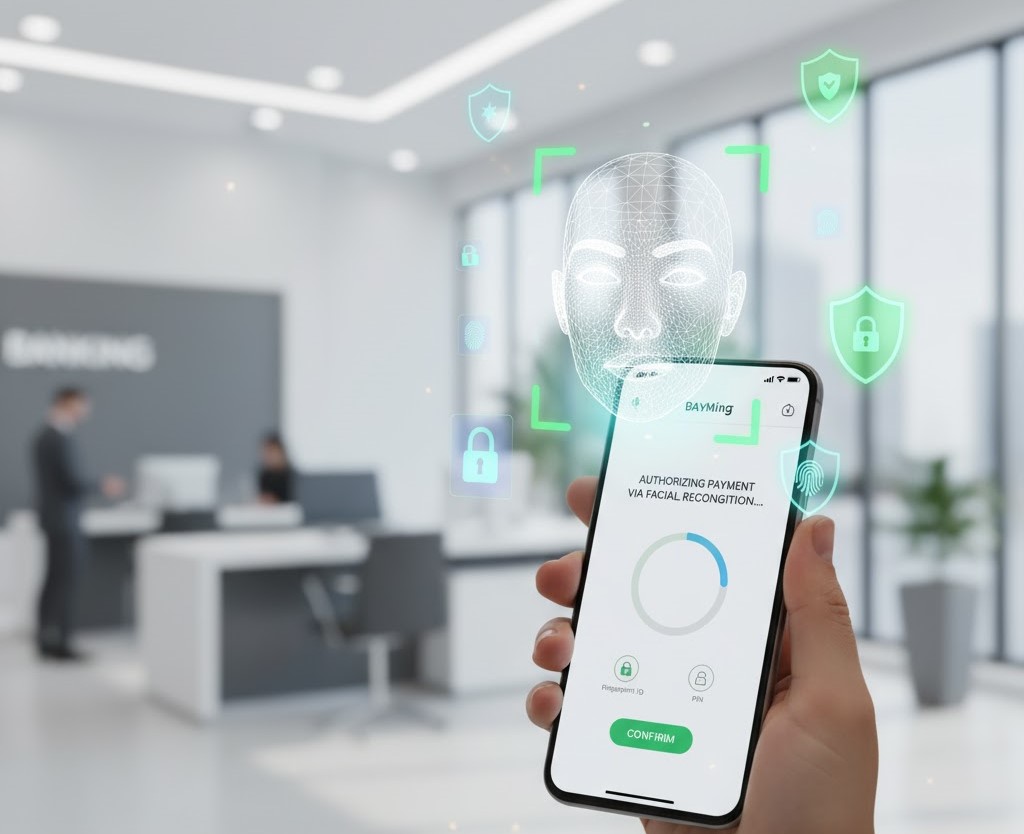
Facial Recognition
Facial recognition technology analyzes facial features like the distance between eyes or shape of the jawline to confirm identity. It’s widely used in mobile banking, airports, and digital onboarding (eKYC). Modern systems can even detect fake or printed faces.
Fingerprint Scanning
This is one of the oldest and most common biometric methods. Fingerprints are unique for every individual, and fingerprint sensors are now found in most smartphones, ATMs, and laptops.
Iris and Retina Scans
These technologies scan patterns in the colored part of your eye or the blood vessels in your retina. They offer very high accuracy, making them ideal for government or defense systems.
Voice Recognition
Voice biometrics identify users by analyzing vocal characteristics. This is used by customer support lines and banking apps to verify users over phone calls.
Behavioral Biometrics
Behavioral patterns such as typing rhythm, mouse speed, or touchscreen gestures are analyzed continuously. This type of biometric is less intrusive and ideal for ongoing identity verification during digital sessions.
Benefits of Using Biometric Technologies
- Enhanced Security: Harder to fake or steal compared to passwords
- Convenience: No need to remember or reset passwords
- Cost Savings: Fewer password resets and IT support requests
- User Trust: Customers feel safer using systems with biometric protection
- Scalability: Works for large organizations and millions of users
Challenges and Concerns
While biometrics offer powerful protection, they come with challenges too.
Privacy Issues
Collecting biometric data raises privacy concerns. Users worry about how their fingerprints, facial data, or voice samples are stored and used.
Data Storage and Encryption
If a biometric database is hacked, the stolen data can’t be changed like a password. That’s why secure storage and encryption are vital.
Spoofing and Deepfake Risks
With AI-generated deepfakes, attackers can mimic voices or faces. Systems must use liveness detection to confirm that the biometric input is real.
Regulatory Compliance
Organizations must follow data protection laws like GDPR, CCPA, and ISO/IEC 24745, ensuring transparency and user consent.
Bias and Accuracy Issues
If biometric systems are trained on limited datasets, they might not work equally well across different skin tones, accents, or age groups.
Best Practices for Implementing Biometric Security
To use biometrics safely and effectively, organizations should:
- Conduct Privacy Impact Assessments Understand how biometric data will be collected, stored, and used.
- Use Multi-Modal Authentication Combine different biometrics (like fingerprint + face) for extra accuracy.
- Ensure End-to-End Encryption Secure biometric data during capture, transmission, and storage.
- Adopt Liveness Detection Use AI tools to detect fake or replayed biometric attempts.
- Stay Compliant with Regulations Follow international privacy standards like GDPR and ensure user consent.
Conclusion
Biometric technologies are revolutionizing digital identity security. By using fingerprints, facial scans, and behavioral data, they create stronger, faster, and more reliable ways to prove who we are online.
However, with great power comes great responsibility. Organizations must handle biometric data with care, maintaining transparency and ensuring compliance with privacy laws.
As technology evolves, biometrics will continue to be the foundation of digital trust, shaping a future where identity security is both simple and safe for everyone.

